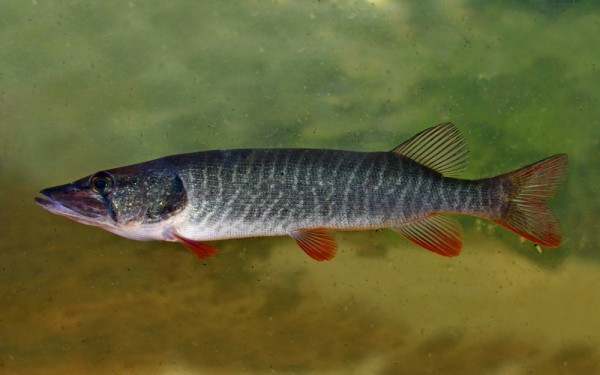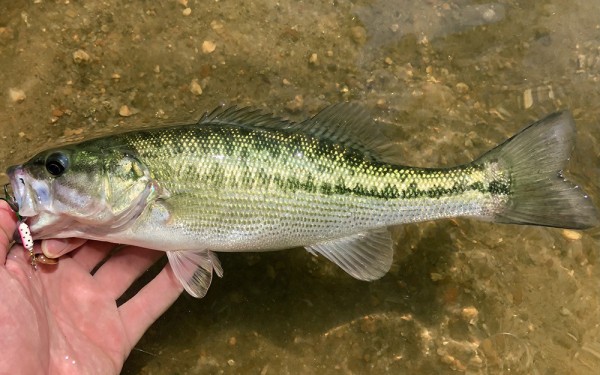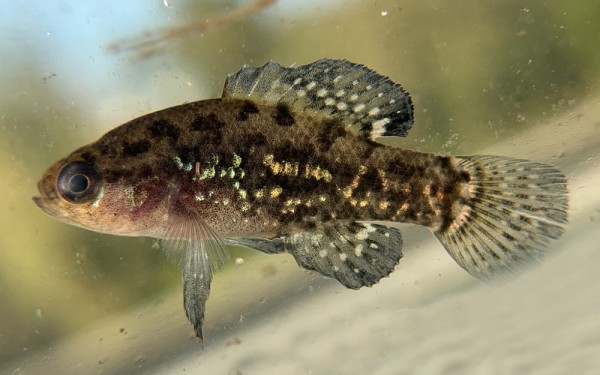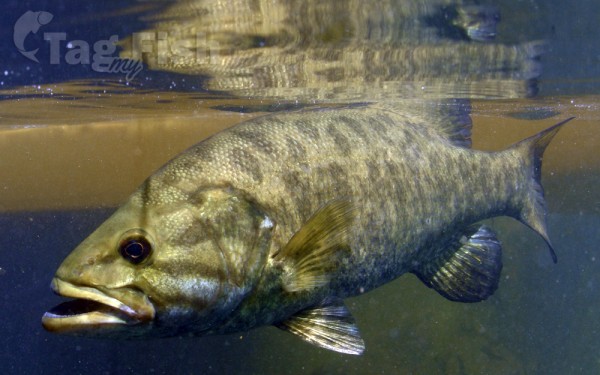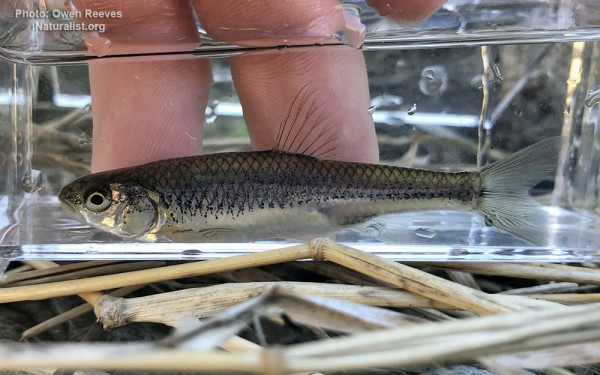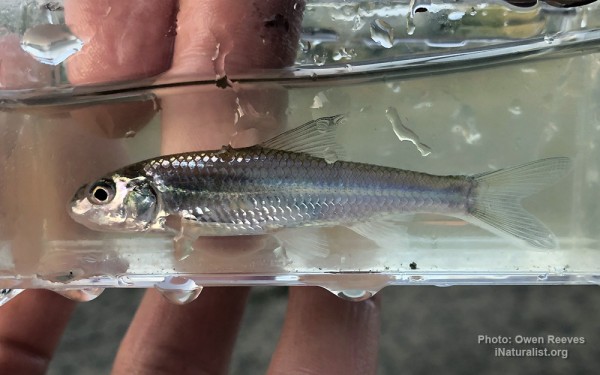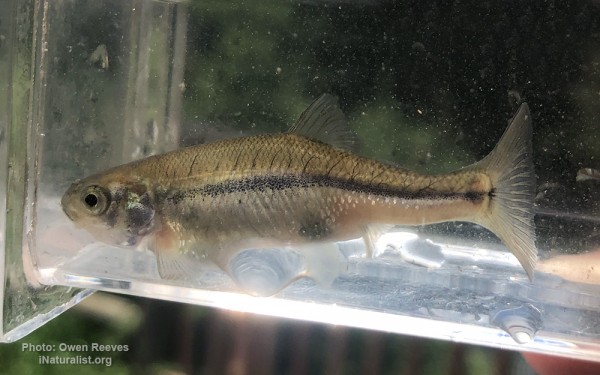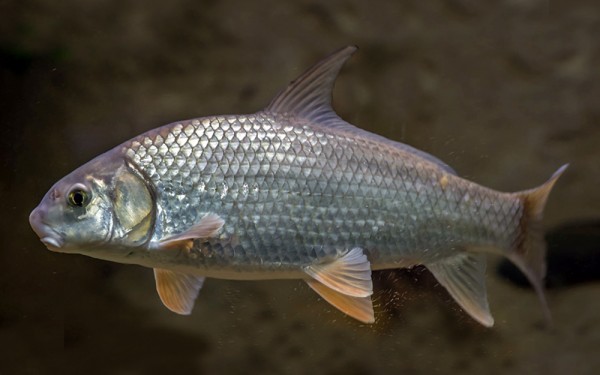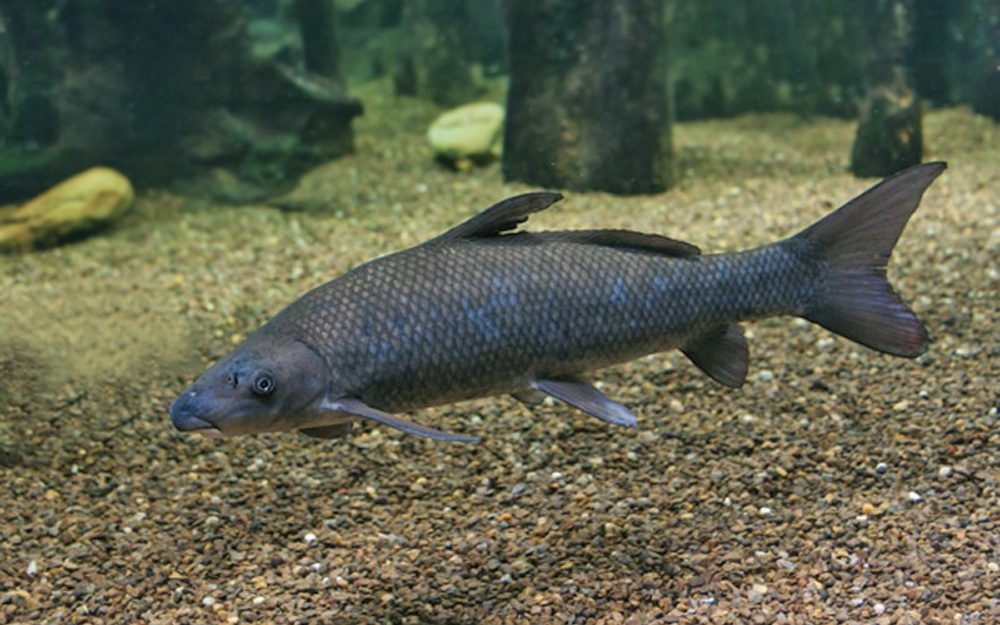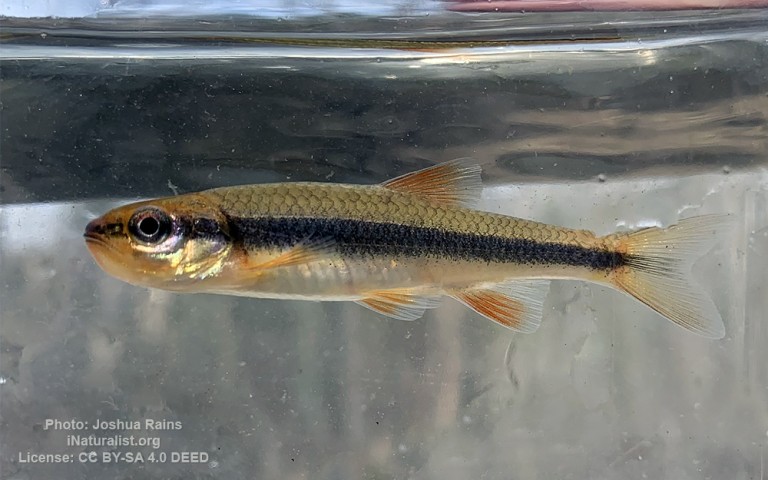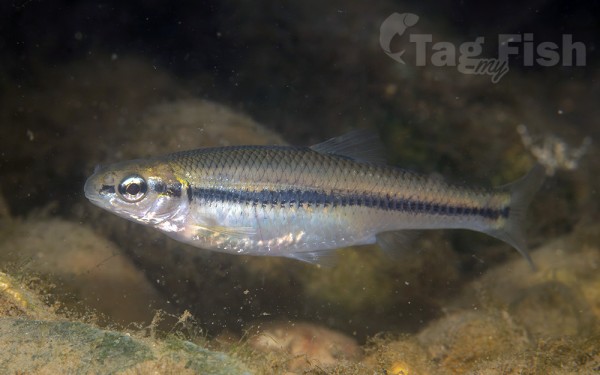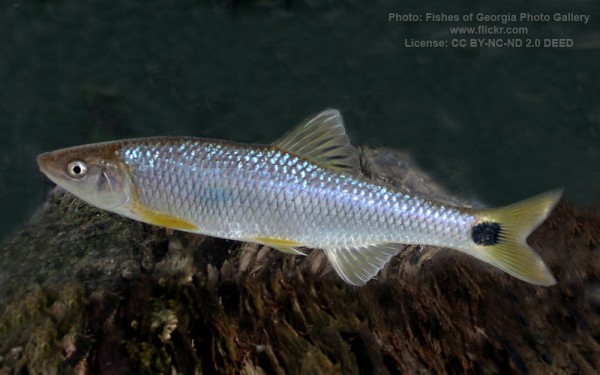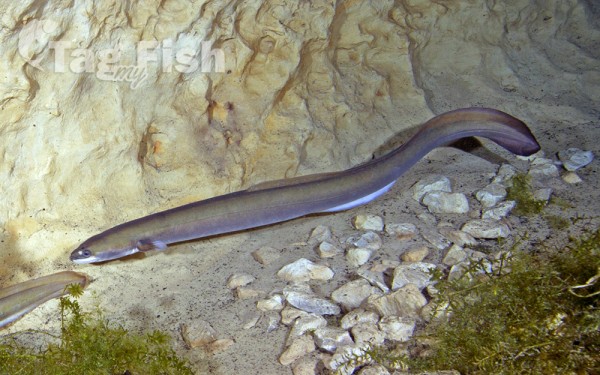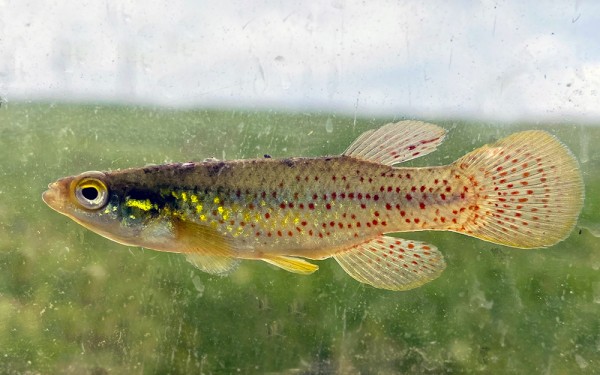Mobile river

Largest tributaries
Esociformes - Pikes
Centrarchiformes - Basses and sunfishes
Cypriniformes - Carps
Anguilliformes - Eels and morays
Cyprinodontiformes - Toothcarps
Esociformes - Pikes
Centrarchiformes - Basses and sunfishes
Cypriniformes - Carps
Anguilliformes - Eels and morays
Cyprinodontiformes - Toothcarps
Esociformes - Pikes
Centrarchiformes - Basses and sunfishes
Cypriniformes - Carps
Anguilliformes - Eels and morays
Cyprinodontiformes - Toothcarps
The Mobile River is located in southern Alabama in the United States. Formed out of the confluence of the Tombigbee and Alabama rivers, the approximately 45-mile-long (72 km) river drains an area of 44,000 square miles (110,000 km2) of Alabama, with a watershed extending into Mississippi, Georgia, and Tennessee. Its drainage basin is the fourth-largest of primary stream drainage basins entirely in the United States. The river has historically provided the principal navigational access for Alabama. Since construction of the Tennessee-Tombigbee Waterway, it also provides an alternative route into the Ohio River watershed.
The Tombigbee and Alabama River join to form the Mobile River approximately 50 miles (80 km) northeast of Mobile, along the county line between Mobile and Baldwin counties. The combined stream flows south, in a winding course. Approximately 6 miles (10 km) downstream from the confluence, the channel of the river divides, with the Mobile flowing along the western channel. The Tensaw River, a bayou of the Mobile River, flows alongside to the east, separated from 2 to 5 miles (3 to 8 km) as they flow southward. The Mobile River flows through the Mobile-Tensaw River Delta and reaches Mobile Bay on the Gulf of Mexico just east of downtown Mobile.
Biodiversity
The Mobile River Basin historically supported the greatest biodiversity of freshwater snail species in the world (Bogan et al. 1995), including six genera and over 100 species that were endemic to the Mobile River Basin. During the past few decades, publications in the scientific literature have primarily dealt with the apparent decimation of this fauna following the construction of dams within the Mobile River Basin and the inundation of extensive shoal (a shallow place in a body of water) habitats by impounded waters.
The James M. Barry Electric Generating Plant, owned by Alabama Power, has a leaking unlined Fly ash pit located on land that lies within a hairpin crook of the Mobile River. For this reason the river has been described as the third most endangered river in the United States.


